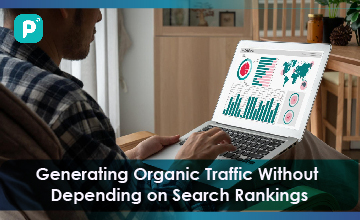In today’s digital landscape, driving organic traffic to a website is a fundamental challenge for businesses. Despite efforts put into creating blog posts and enhancing social media presence, the desired results may not always materialize. However, there are proven methods to generate organic traffic effectively while your site may not yet be ranking highly on search engines.
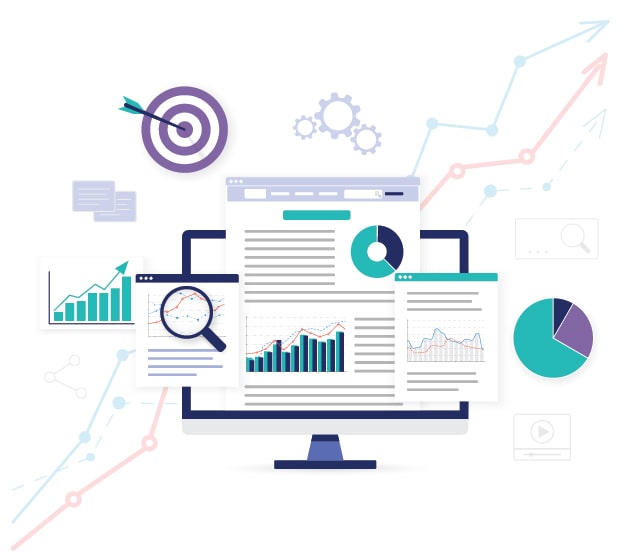
This comprehensive guide will outline eight essential and free strategies to boost website visibility and attract organic traffic, even without achieving top rankings. By understanding organic traffic, and its importance, and implementing these strategies, businesses can unlock sustainable growth and connect with their target audience more effectively.
Understanding Organic Traffic
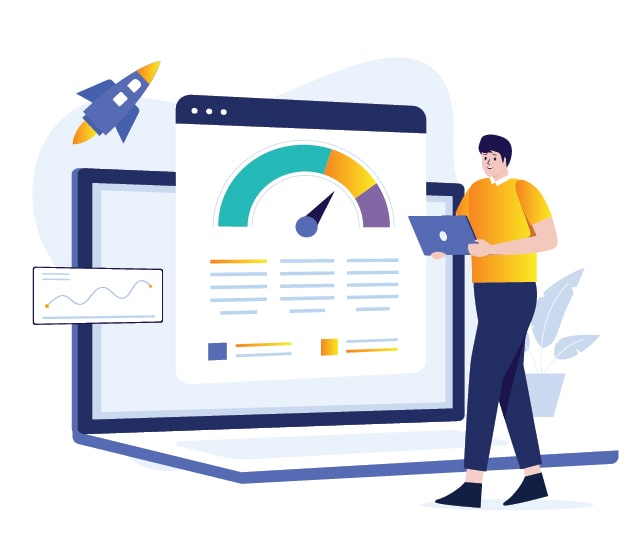
Organic traffic refers to the visits a website receives from unpaid search results on search engines like Google, Bing, or Yahoo. In contrast to paid traffic, which originates from sponsored ads, organic traffic is crucial for long-term sustainable growth. Search engine optimization (SEO) is the discipline dedicated to improving the quality and quantity of website traffic, thereby enhancing visibility on search engines.
Importance of Organic Traffic
Organic traffic is vital as it caters to users with specific intentions when they conduct searches. By providing valuable answers or solutions, a website can attract potential customers, social media followers, and email subscribers. Furthermore, organic traffic contributes to building website trust and typically yields more stable conversion rates compared to paid traffic. Given the inherent trust associated with organic search results, websites that rank highly on search engines are more likely to receive clicks and conversions.
However, even without achieving top rankings, there are strategies to drive organic traffic and connect with your target audience effectively.
Eight Strategies to Drive Organic Traffic
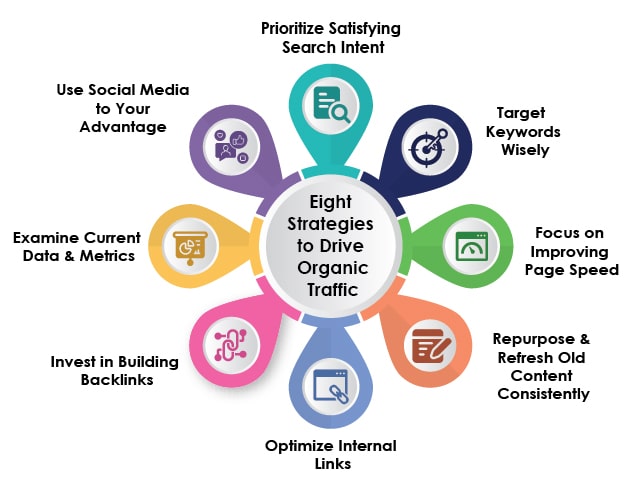
Prioritize Satisfying Search Intent
Understanding and fulfilling user search intent is paramount in creating content that resonates with the audience. By conducting thorough research and empathizing with the target audience, businesses can tailor their content to address specific user needs. Leveraging tools such as Ahrefs, SEMrush, and Moz can aid in crafting a content marketing strategy based on audience preferences and search behaviour. Additionally, the use of generative AI tools like ChatGPT can enhance market research, refine content outlines, and streamline proofreading processes, thereby elevating digital marketing efforts.
Target Keywords Wisely
Keyword targeting plays a pivotal role in driving organic traffic. Utilizing specific keywords relevant to products or services, as opposed to merely focusing on high search volume, is crucial for long-term visibility. By incorporating both short-tail and long-tail keywords, businesses can align their content with user queries and preferences. Long-tail keywords, in particular, resonate with natural language, making them well-suited for voice-based search queries and enhancing engagement with potential customers.
Focus on Improving Page Speed
Enhancing website speed is essential for providing a seamless user experience and improving overall performance. Metrics such as Largest Contentful Paint (LCP) offer valuable insights into page speed and user interaction. Aiming for an LCP score below 2.5 seconds can significantly impact user retention and overall website visibility. Leveraging free Website Performance Audit Tools can aid in gaining comprehensive insights into critical page performance metrics and benchmarking against competitors.
Repurpose and Refresh Old Content Consistently
Consistently refreshing and repurposing old content is a strategic approach to maintaining relevance and attracting new visitors. The practice of historical optimization, as exemplified by HubSpot, has demonstrated significant increases in organic traffic by revitalizing existing search authority. By updating and republishing old blog posts, businesses can capitalize on accumulated search authority, driving new visits, social shares, and customer engagement.
Optimize Internal Links
Strategic internal linking within a website can enhance user navigation, distribute page authority, and reinforce topical relevance. By creating a network of interconnected content, businesses can guide users to relevant information, improve user experience, and strengthen the overall website structure. Additionally, effective internal linking can contribute to search engine visibility and indexing of relevant content.
Invest in Building Backlinks
Backlinks are essential for establishing domain authority and enhancing website credibility. By acquiring quality backlinks from reputable sources, businesses can bolster their SEO efforts and signal to search engines the relevance and trustworthiness of their content. Engaging in guest posting, collaborating with influencers, and creating valuable content are effective strategies for acquiring backlinks and expanding online presence.
Examine Current Data and Metrics
Regularly analyzing website data and performance metrics is crucial for identifying trends, optimizing content strategy, and addressing potential issues. By leveraging tools such as Google Analytics and Search Console, businesses can gain insights into user behaviour, traffic sources, and keyword performance. Data-driven decision-making enables continuous improvement and informed adjustments to content and SEO strategies
Use Social Media to Your Advantage
Harnessing the potential of social media platforms can amplify content visibility and drive organic traffic to the website. By sharing valuable content, engaging with the audience, and fostering community interaction, businesses can expand their reach and attract organic traffic from social media channels. Leveraging social media for content promotion, brand storytelling, and audience engagement is integral to a comprehensive organic traffic strategy.
Answer Questions on Google’s People Also Ask
Google’s People Also Ask feature presents users with additional relevant queries based on their initial search. Providing answers to these related questions can guide users towards alternative solutions and drive increased clicks and traffic. Monitoring and optimizing for People Also Ask can help marketers identify more effective keywords and enhance their SEO efforts.
Bonus: Tracking Website Traffic
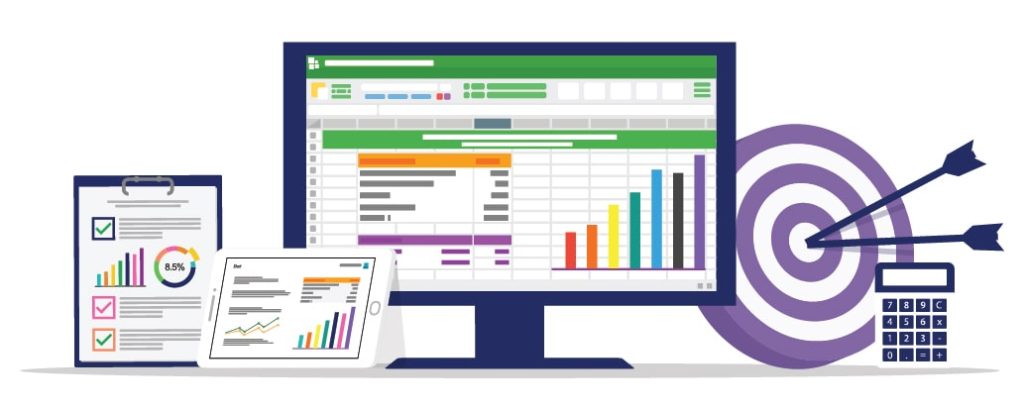
Before tracking website traffic, it’s essential to identify your website’s goals, such as increasing revenue, driving leads, boosting contact form submissions, email subscriptions, or content downloads. Once you have a clear goal, you can leverage website analytics tools like Google Analytics to monitor your site’s performance, understand where traffic comes from, analyze visitor engagement, and evaluate the effectiveness of your digital marketing strategies. By aligning your tracking efforts with your website’s objectives, you can make data-driven decisions to optimize your strategies and drive sustainable organic traffic growth.
Conclusion
While achieving top search rankings is a common goal, businesses can still drive significant organic traffic to their websites without immediate high rankings. By implementing the strategies outlined in this guide, including prioritizing search intent, targeting relevant keywords, optimizing page speed and internal links, building backlinks, analyzing data and metrics, leveraging social media, and monitoring Google’s People Also Ask feature, businesses can attract their target audience, improve user experience, and foster sustainable growth.
With a comprehensive approach, businesses can unlock the full potential of organic traffic, even before achieving top search engine rankings.
Elevate your business with our expertise in Generating Organic Traffic. Discover more here!
All images belong to their respective owners. Please email [email protected] if removal is required.

